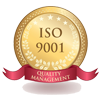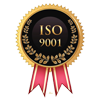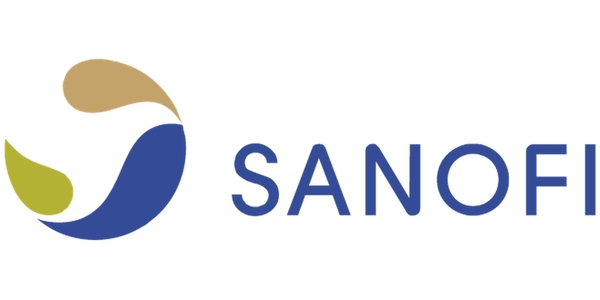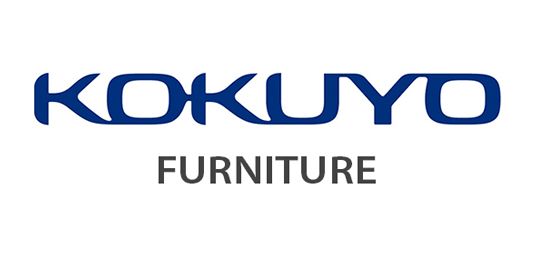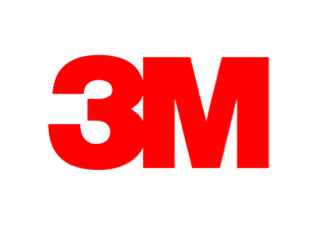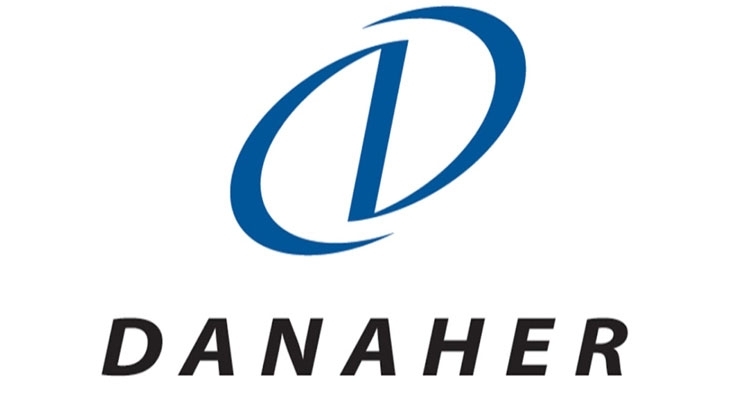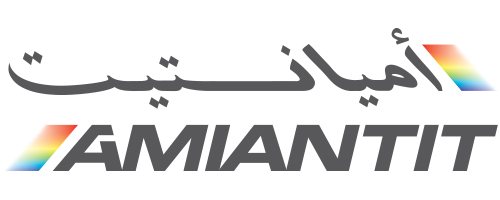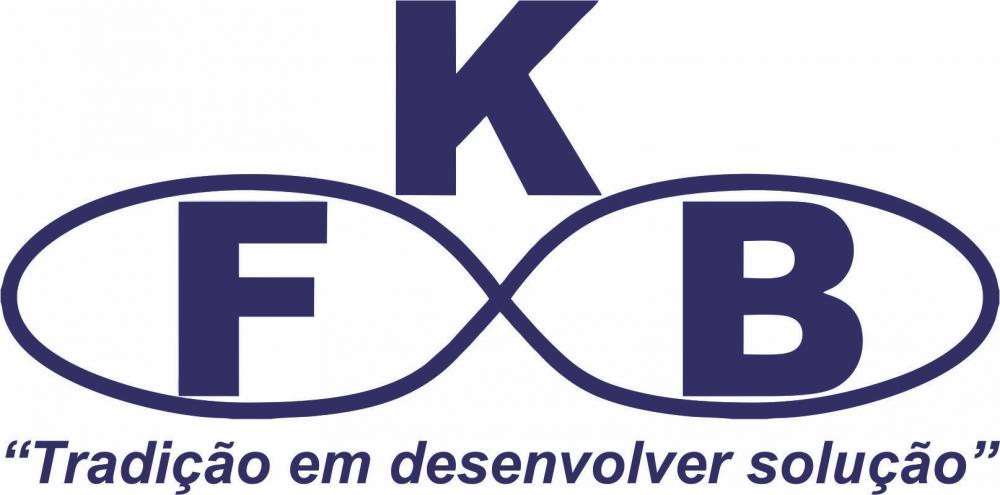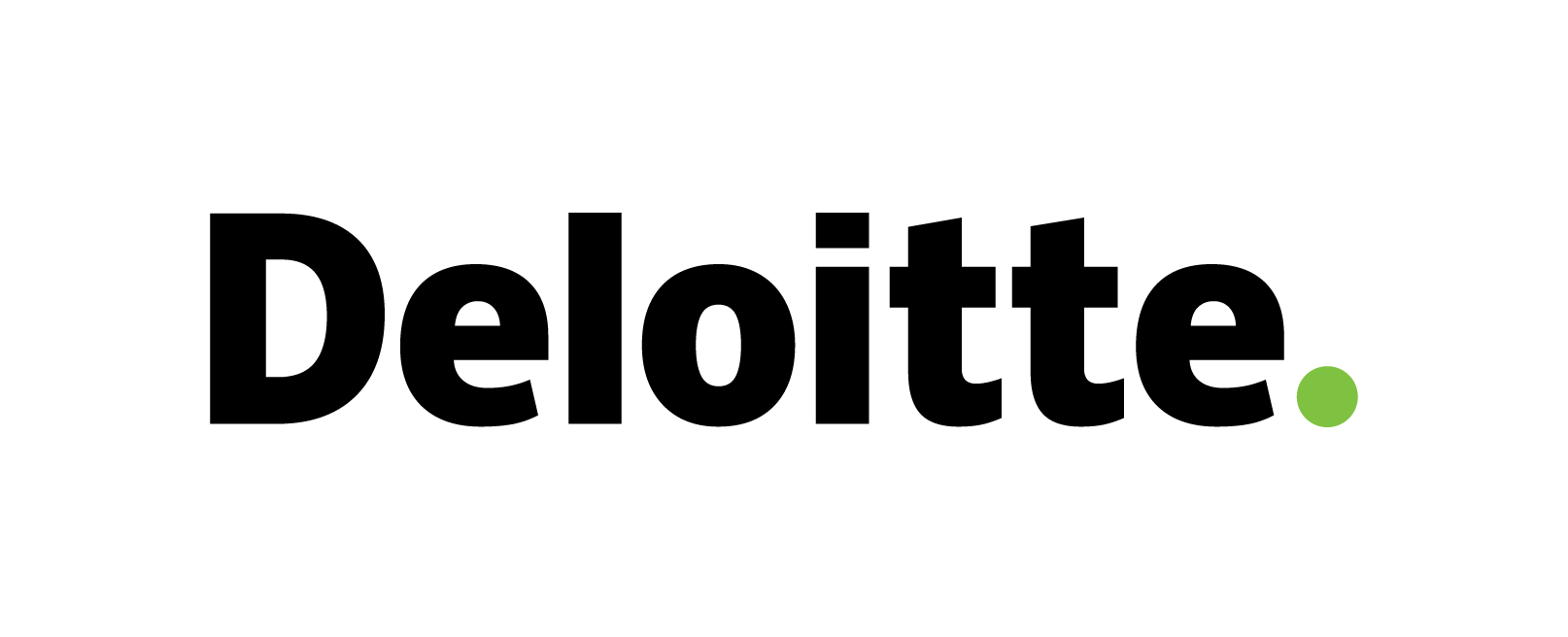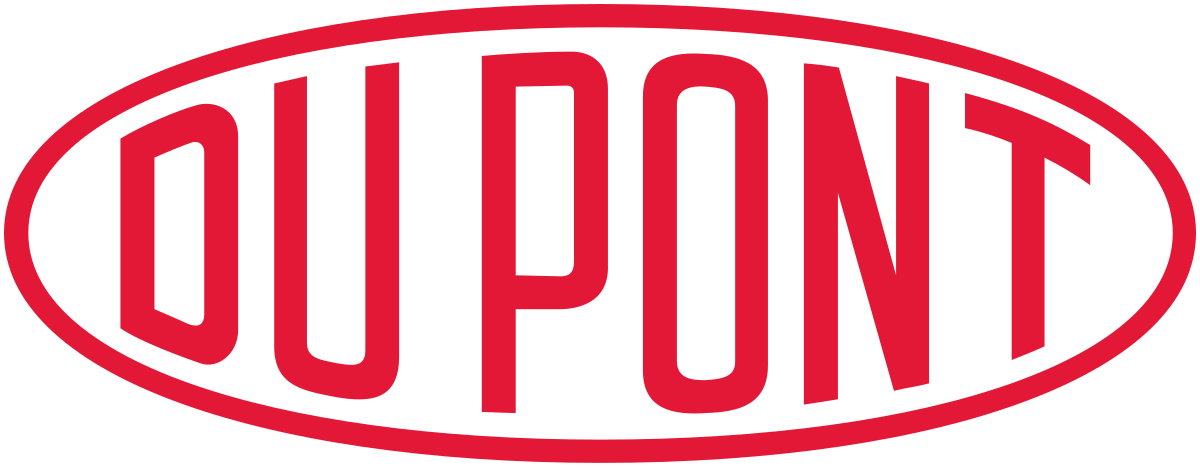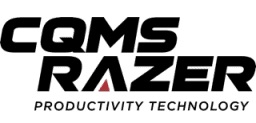Ammonia Market: Global Share, Size, Growth, Trends & Outlook ( 2022 – 2032 )
Ammonia Market Overview
Ammonia is a colorless, pungent gas with the formula NH3. it's composed of 1 nitrogen atom and three hydrogen atoms and features a relative molecular mass of 17.03 g/mol. Ammonia is usually used as a refrigerant in industrial processes, also as within the production of fertilizers, cleaning products, and explosives. It's also a crucial compound in biological processes and is found in many living organisms.
Ammonia is very soluble in water, and when dissolved, it forms ammonia water, which is a strong base. Ammonia gas is additionally highly toxic and dangerous to humans and animals if inhaled in high concentrations. It can irritate the eyes, nose, throat, and lungs, and may also cause chemical burns to the skin. Ammonia is additionally a crucial compound in many industrial and agricultural processes and is widely utilized in various applications. it's an important chemical utilized in various industries like agriculture, pharmaceuticals, and chemicals. In agriculture, it's primarily used as a fertilizer to reinforce crop growth. within the chemicals industry, it's used to produce other chemicals like urea, nitrate, and ammonium sulfate.
Ammonia Market Size
The global ammonia market size was valued at $77.9 billion in 2021 and is predicted to grow at a compound annual rate of growth (CAGR) of roughly 6.9% from 2022 to 2032. The market size is projected to succeed in $130.9 billion by 2032.
The global ammonia market is driven by various factors like increase, agricultural practices, and industrial demand. The market is predicted to still grow over the approaching years due to the increasing demand for fertilizers and the growing use of ammonia in industrial applications.
The agricultural sector is the largest consumer of ammonia, accounting for around 80% of worldwide demand. It's a key component of nitrogen-based fertilizers and is employed to extend crop yields and improve soil fertility. The industrial sector is another major consumer of ammonia, accounting for around 20% of worldwide demand and utilized in various applications, like refrigeration, cleaning products, and therefore the production of plastics and fibers. The Asia-Pacific region is the largest consumer of ammonia, accounting for around 50% of worldwide demand. this is often driven by the high demand for fertilizers in countries like China and India, and also because of the growing industrialization and urbanization within the region.
Ammonia Market Key Drivers
The global ammonia market is driven by various factors contributing to its growth in recent years. Some of the key drivers of the are:
- Availability of natural gas: Natural gas is the primary feedstock for ammonia production and its supply in various regions of the planet is driving the expansion of the ammonia market.
- Emerging economies: The expansion of emerging economies, particularly in Asia-Pacific, is driving the demand for ammonia. These economies are undergoing rapid industrialization and urbanization, which is increasing the demand for ammonia in various applications.
- Environmental regulations: The implementation of environmental regulations aimed toward reducing greenhouse emission emissions is driving the shift towards more sustainable production methods for ammonia. This is often resulting in the event of green ammonia, which is produced using renewable energy sources and features a lower carbon footprint.
- Government initiatives and regulations: Governments around the world are promoting sustainable agriculture practices and supporting the utilization of fertilizers. they're also regulating the utilization of nitrogen fertilizers to scale back environmental pollution, which is driving the demand for ammonia as a more sustainable alternative.
- Growing demand for fertilizers: Ammonia is a key component of nitrogen-based fertilizers, which are wont to improve crop yields and soil fertility. With the worldwide population expected to succeed in 9.7 billion by 2050, the demand for food is predicted to extend, driving the demand for fertilizers and, in turn, the demand for ammonia.
- Increase in demand for meat and dairy products: Livestock farming is a significant consumer of ammonia-based fertilizers. As the demand for meat and dairy products is increasing, there's a growing demand for ammonia-based fertilizers to feed the animals.
- Increase in industrial applications: Ammonia is employed as a staple to supply other chemicals like nitrate, urea, and ammonium sulfate. These chemicals are utilized in various industries, including pharmaceuticals, chemicals, and agriculture.
- Technological advancements: Technological advancements in ammonia production methods, like the utilization of catalysts and therefore the development of the latest production processes, are improving the efficiency and sustainability of ammonia production. this is often driving the expansion of the worldwide ammonia market.
Ammonia Market Key Trends and Developments
The global ammonia market has witnessed several key trends and developments in recent years. Some of the notable ones include:
- Increased specialization in sustainable production: There's growing concern about the environmental impact of ammonia production, particularly its greenhouse emission emissions. This has led to increased specialization in sustainable production methods, like the utilization of renewable energy sources and carbon capture and storage technologies.
- Development of green ammonia: Green ammonia is ammonia that's produced using renewable energy sources, like wind and solar energy. This is often seen as a more sustainable alternative to traditional ammonia production methods and is being increasingly adopted by companies and governments around the world.
- The growing use of ammonia in energy storage: Ammonia is being explored as a possible energy storage solution, particularly for renewable energy sources like wind and solar energy. This involves using excess renewable energy to supply ammonia, which may then be stored and used as a fuel or a source of hydrogen.
- Increased demand for ammonia within the Asia-Pacific region: The Asia-Pacific region is the largest consumer of ammonia, driven by the high demand for fertilizers in countries like China and India. The region is additionally undergoing rapid industrialization and urbanization, which is driving the demand for ammonia in various industrial applications.
- Technological advancements in ammonia production: There are several technological advancements underway in ammonia production, like the utilization of catalysts to enhance efficiency and therefore the development of the latest production processes that reduce greenhouse emission emissions. These advancements are helping to enhance the sustainability and efficiency of ammonia production.
Ammonia Market Segmentation
The ammonia market can be segmented based on the following factors:
- By production process type: Haber-Bosch Process, Electrochemical Process
- By application: Chemicals, Pharmaceuticals, Agriculture
- By formulation: Anhydrous, Aqueous
- By end-user industry: Chemical, Pharmaceuticals, Agriculture
- By region: North America, Europe, Asia-Pacific, Latin America, Middle East & Africa
|
Ammonia Market: Report Scope |
|
|
Base Year Market Size |
2021 |
|
Forecast Year Market Size |
2022-2032 |
|
CAGR Value |
6.9% |
|
Segmentation |
|
|
Challenges |
|
|
Growth Drivers |
|
Ammonia Market Regional Synopsis
The North American ammonia market was valued at $12.9 billion in 2020 and is projected to grow at a CAGR of 4.1% from 2021 to 2025. The market is driven by the agriculture and chemicals industries, particularly within the USA, which is one of the most important producers and consumers of ammonia in the world. The European ammonia market was valued at $10.7 billion in 2020 and is projected to grow at a CAGR of 3.9% from 2021 to 2025. The market is driven by the agriculture and chemicals industries, particularly in countries like Germany, France, and therefore the Netherlands, which are major producers and consumers of ammonia within the region.
The Asia-Pacific ammonia market was valued at $27.9 billion in 2020 and is projected to grow at a CAGR of 5.5% from 2021 to 2025. The market is driven by the high demand for fertilizers in countries like China and India, which are the most important consumers of ammonia in the world. The region is additionally undergoing rapid industrialization and urbanization, which is driving the demand for ammonia in various industrial applications.
The Latin American ammonia market was valued at $4.2 billion in 2020 and is projected to grow at a CAGR of 3.2% from 2021 to 2025. The market is driven by the agriculture industry, particularly in countries like Brazil and Argentina, which are major producers and consumers of ammonia within the region. The Middle East and African ammonia market was valued at $10.5 billion in 2020 and is projected to grow at a CAGR of 4.5% from 2021 to 2025. The market is driven by the agriculture and chemicals industries, particularly in countries like Saudi Arabia and Egypt, which are major producers and exporters of ammonia within the region.
Japan Ammonia Market
Japan is a significant marketplace for ammonia within the Asia-Pacific region. it had been valued at $3.1 billion in 2020 and is projected to grow at a CAGR of 3.1% from 2021 to 2025. The market is primarily driven by the agriculture industry, which may be a major consumer of ammonia for fertilizer production. The country is additionally home to many large ammonia producers, with production facilities located mainly within the western part of the country. Furthermore, the Japanese ammonia market is additionally driven by the chemicals industry, which uses ammonia as a feedstock for the assembly of varied chemicals and polymers. The country's aging population and declining birth rate have also led to a rise in demand for imported food products, which successively is driving the demand for fertilizers.
Ammonia Market Key Challenges
The global ammonia market faces several key challenges that could potentially impact market growth and profitability. Some of the key challenges include:
- Competition from alternative fertilizers: Ammonia is a key ingredient in nitrogen-based fertilizers, which face competition from alternative fertilizers like phosphorus and potassium-based fertilizers, also as biofertilizers. This competition could limit the expansion of the ammonia market.
- Fluctuating staple prices: The worth of gas, the first feedstock for ammonia production, is subject to fluctuations within the market. This makes it challenging for producers to take care of stable prices and profitability.
- High production costs: The assembly of ammonia requires tons of energy, and therefore the process is energy-intensive. This makes it challenging for producers to take care of profitability, especially during times of low demand.
- Stringent environmental regulations: The assembly of ammonia involves emissions of greenhouse gases, which contribute to global climate change. The ammonia industry is facing increasing pressure to scale back its environmental footprint and suits regulations like emissions trading schemes and carbon taxes, which could increase the value of production.
- Trade restrictions: The ammonia market is subject to trade restrictions, including import/export tariffs and quotas. This makes it challenging for producers to enter new markets and compete globally.
- Transportation and storage challenges: Ammonia is a hazardous material that needs specialized transportation and storage infrastructure. The transportation and storage of ammonia involve significant safety risks and costs, which could limit the market's growth potential.
- Volatile demand from end-use industries: The demand for ammonia is very hooked in the agriculture and chemicals industries, which may be volatile and subject to seasonal and cyclical fluctuations. This volatility could lead to fluctuations in demand and pricing, which may affect the profitability of producers.
Ammonia Market Global Key Players
The global ammonia market is highly competitive, with several key players operating in the market. Some of the major players in the market include:
- Yara International ASA
- CF Industries Holdings, Inc.
- OCI N.V.
- Nutrien Ltd.
- EuroChem Group AG
- Potash Corporation of Saskatchewan Inc. (now Nutrien)
- Mosaic Company
- Koch Fertilizer, LLC
- BASF SE
- DSM Nutritional Products AG
- Haifa Group
- Qatar Fertiliser Company (QAFCO)
- Fertiberia SA
- Orica Limited
- Tianjin Bohai Chemical Industry Group Co., Ltd.

Need Customized Report for Your Business ?
Utilize the Power of Customized Research Aligned with Your Business Goals
Request for Customized Report- Quick Contact -
- ISO Certified Logo -
